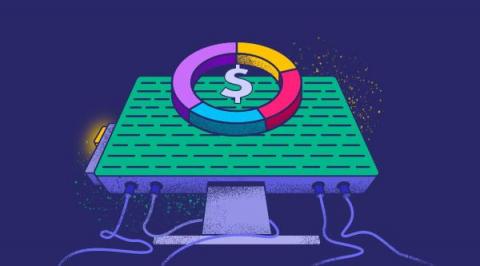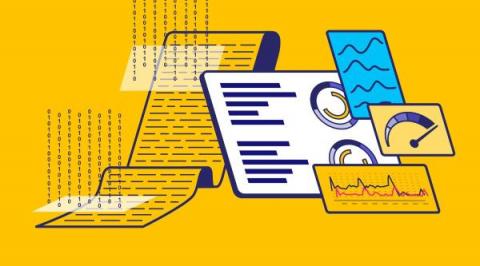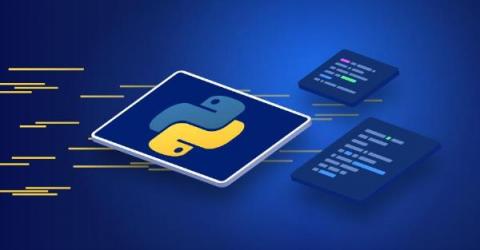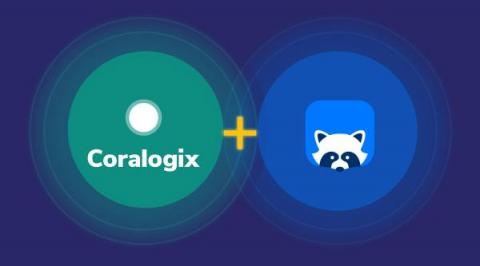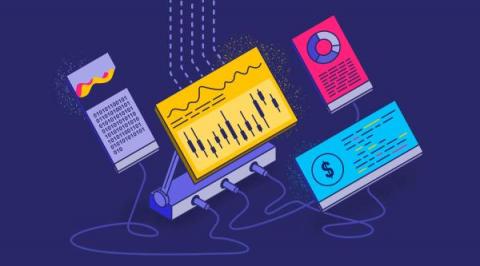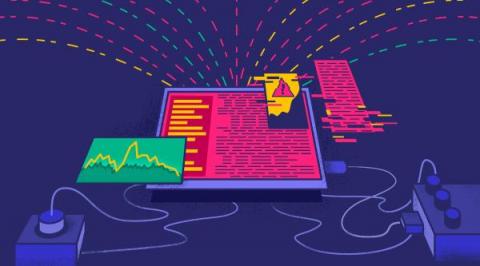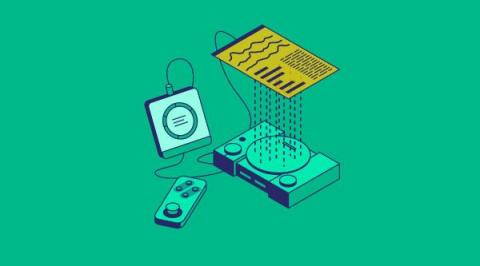How to Implement Cloud Cost Optimization in Observability
Although microservices and cloud architectures are the new norm for modern applications, cloud cost optimization could run high in observability. High costs are largely due to the number of components involved in cloud architectures. According to Cloud Data Insights in a recent report, around 71% of IT companies say that cloud observability logs are growing at an alarming rate— a driving factor for rising observability costs.


